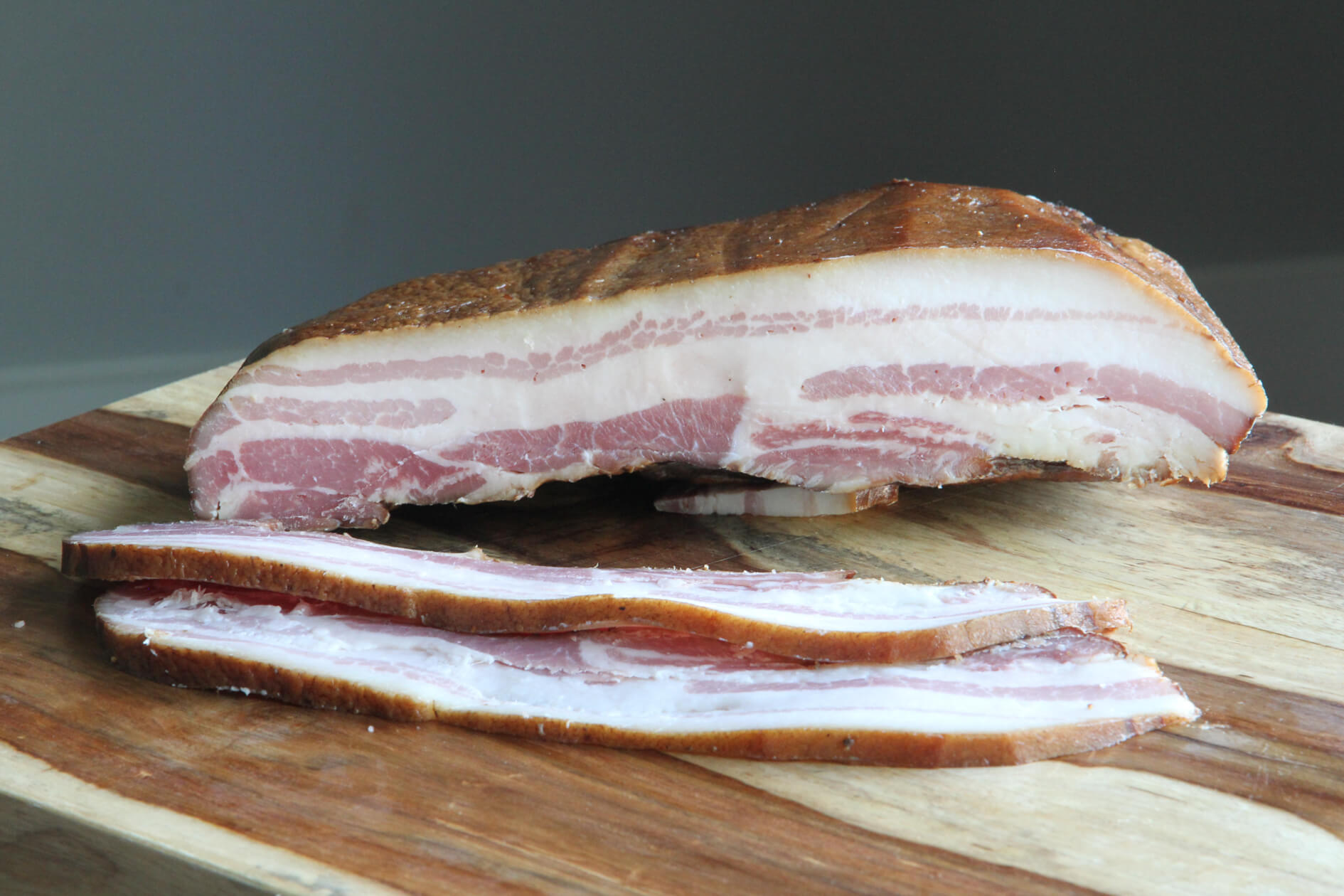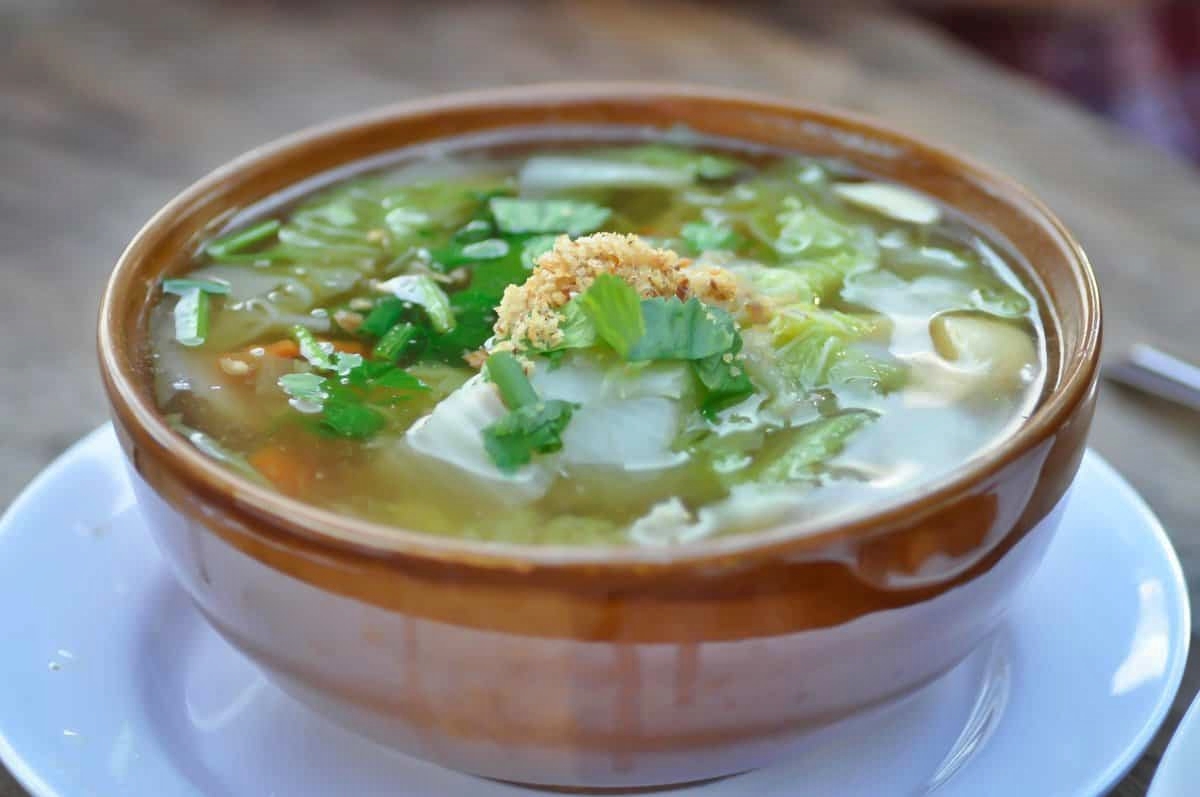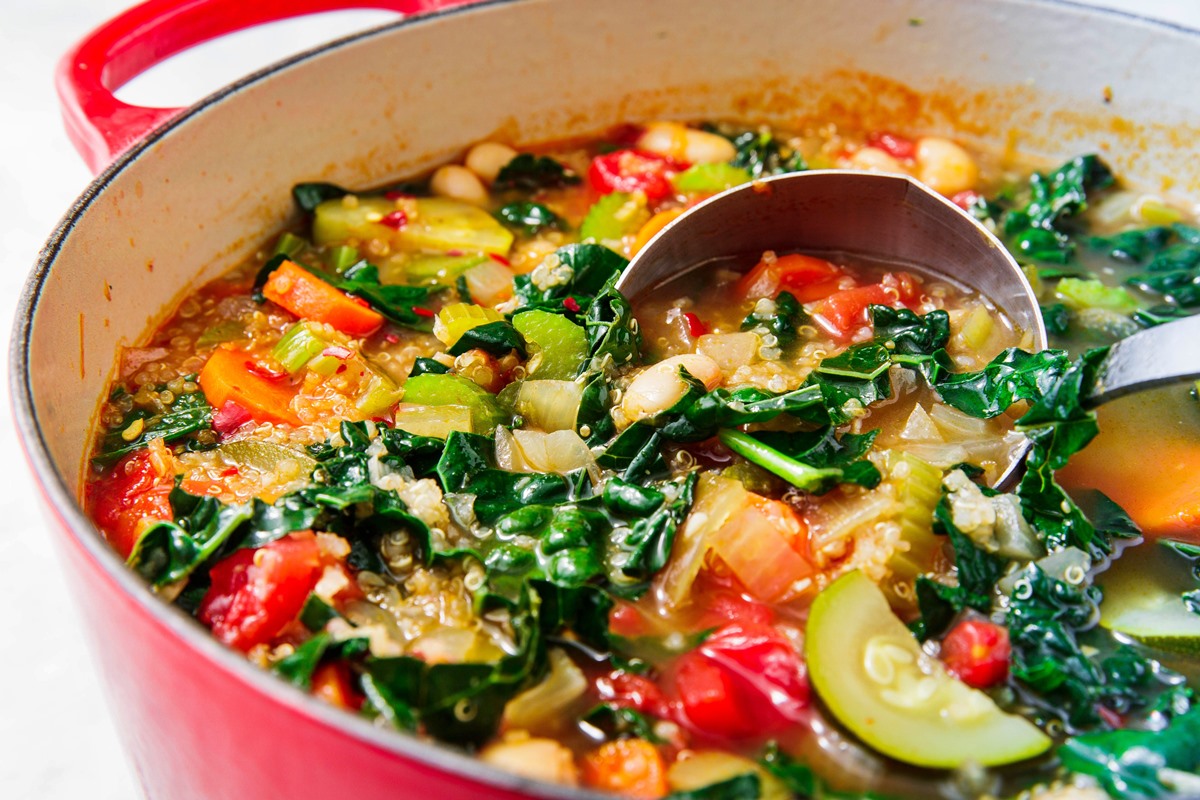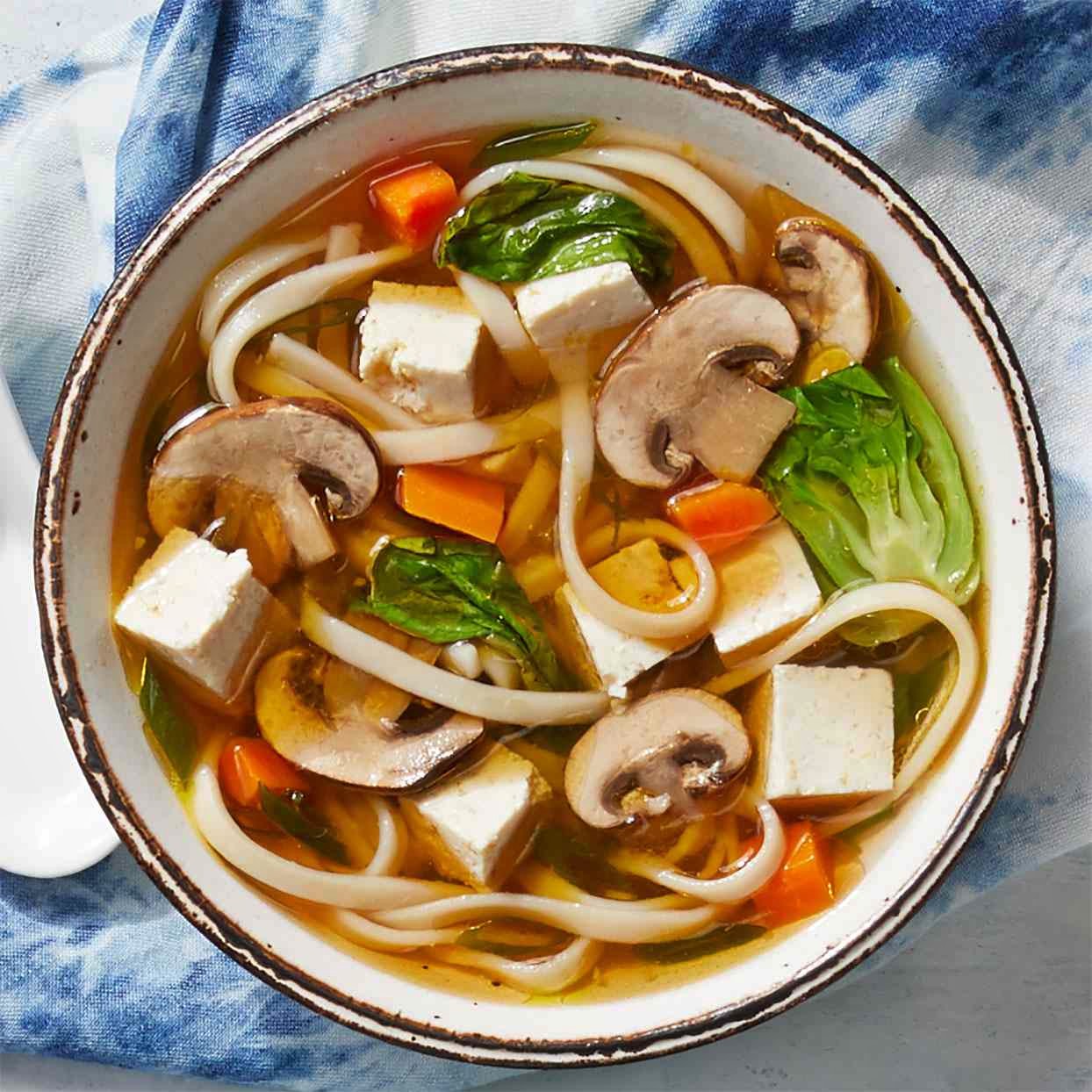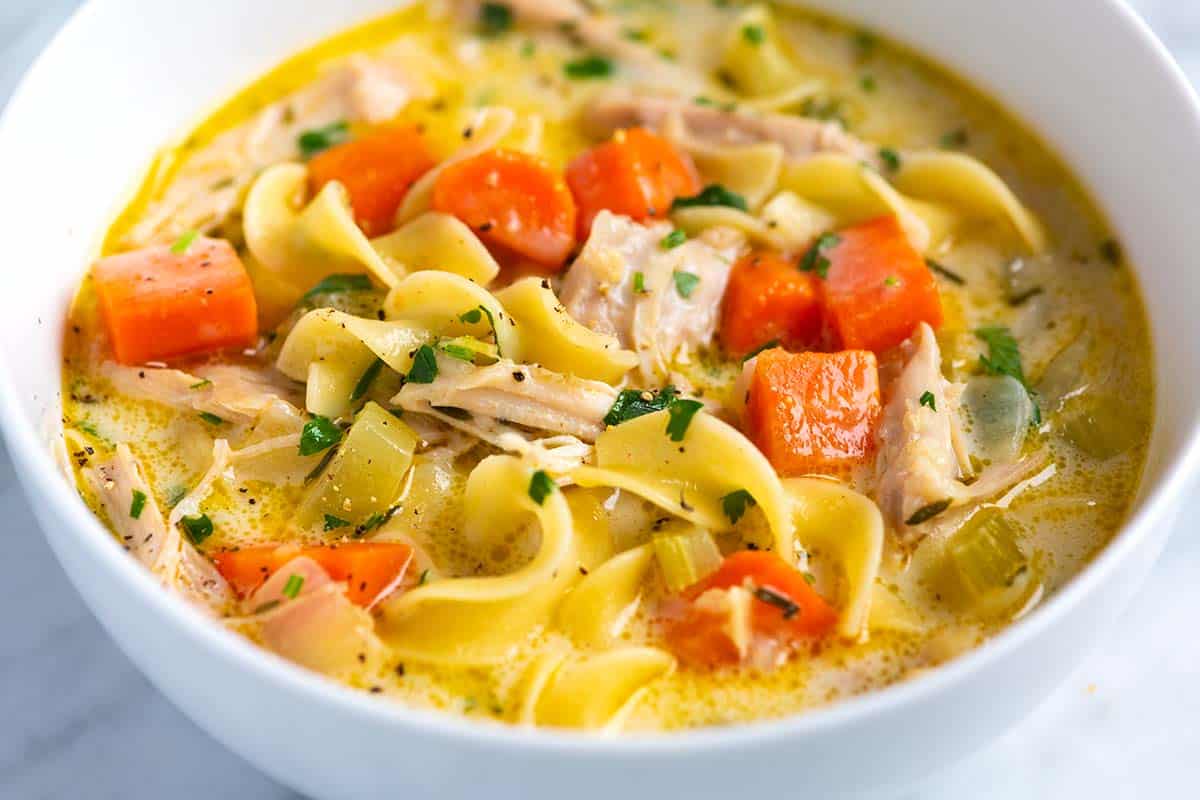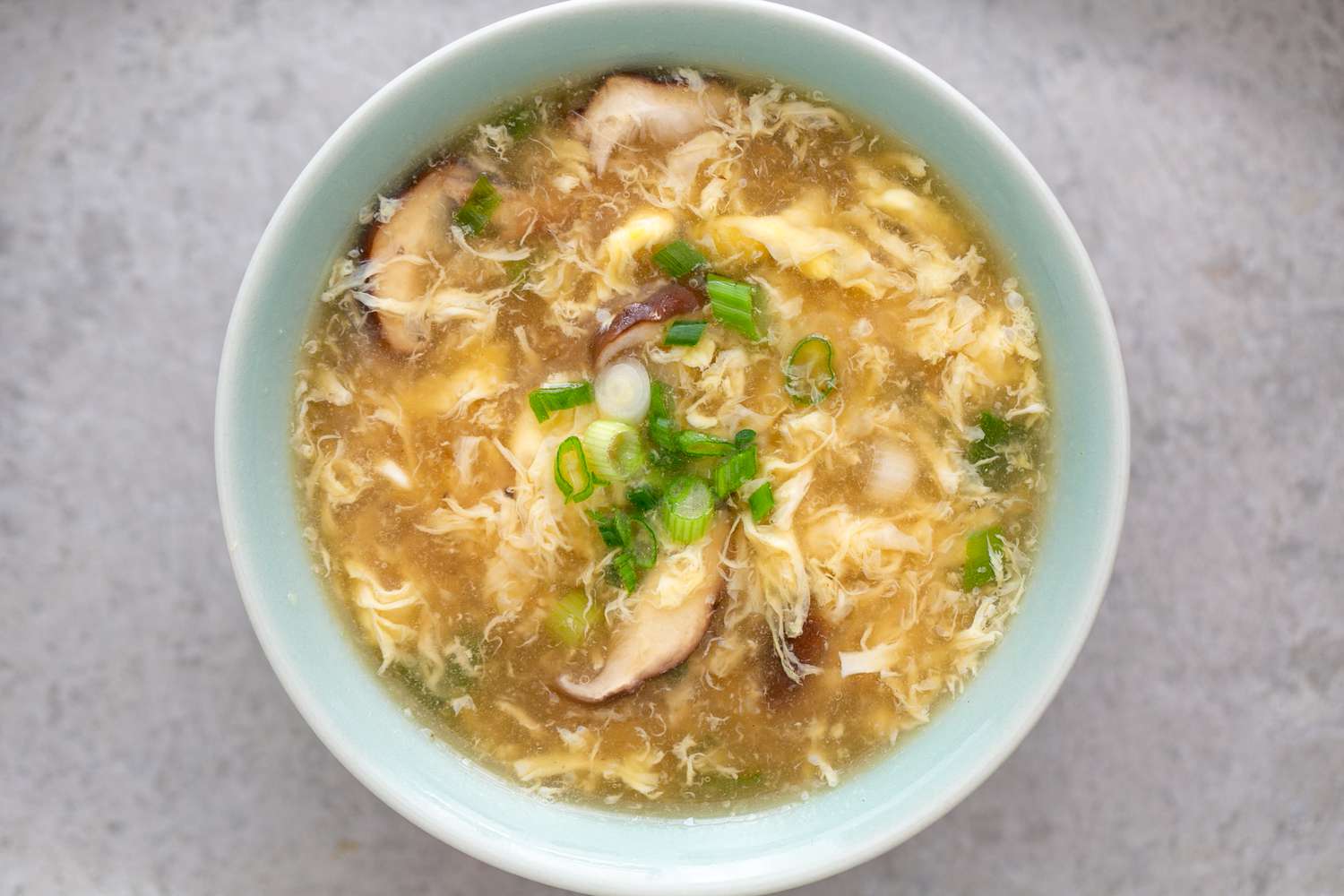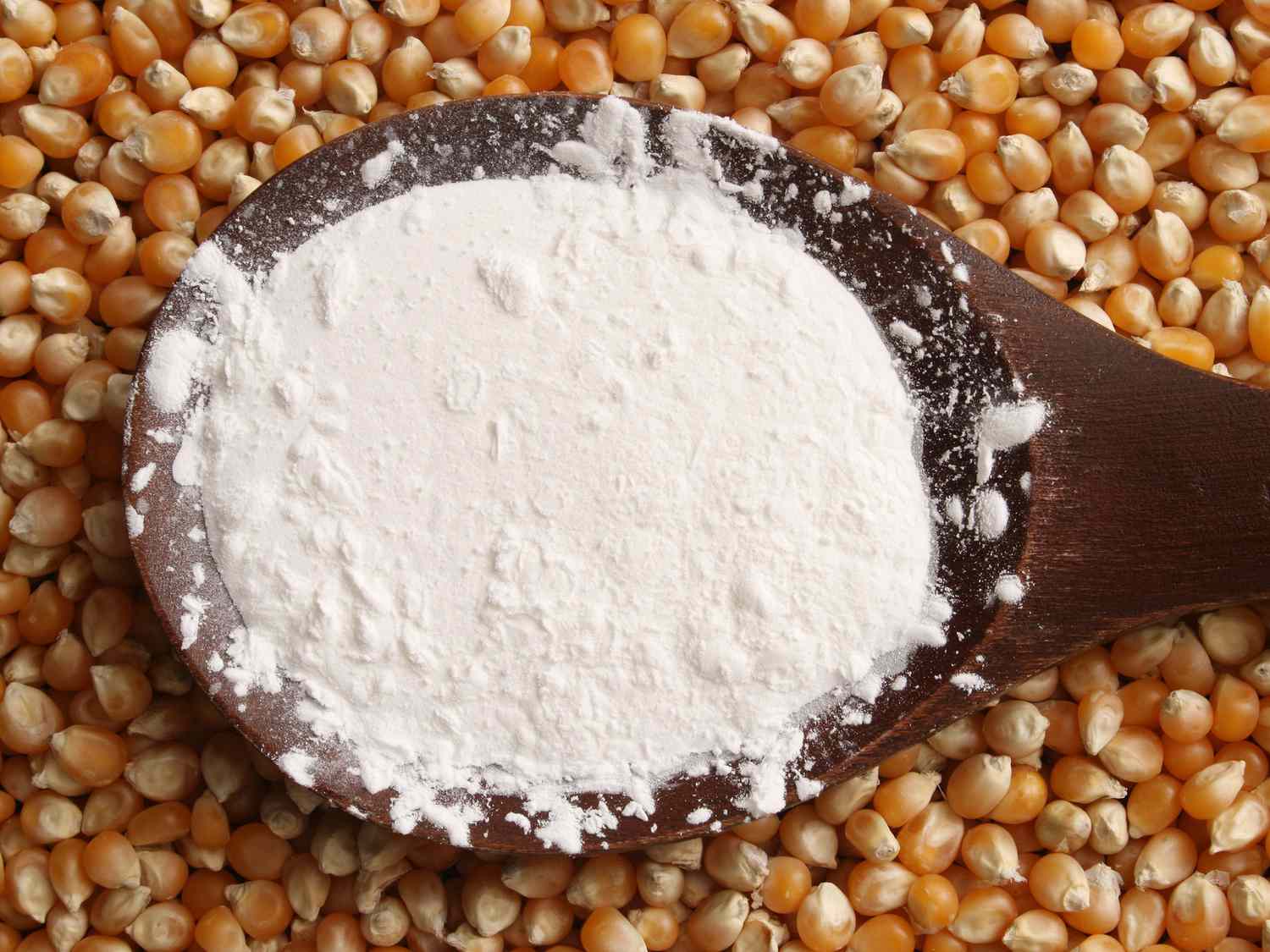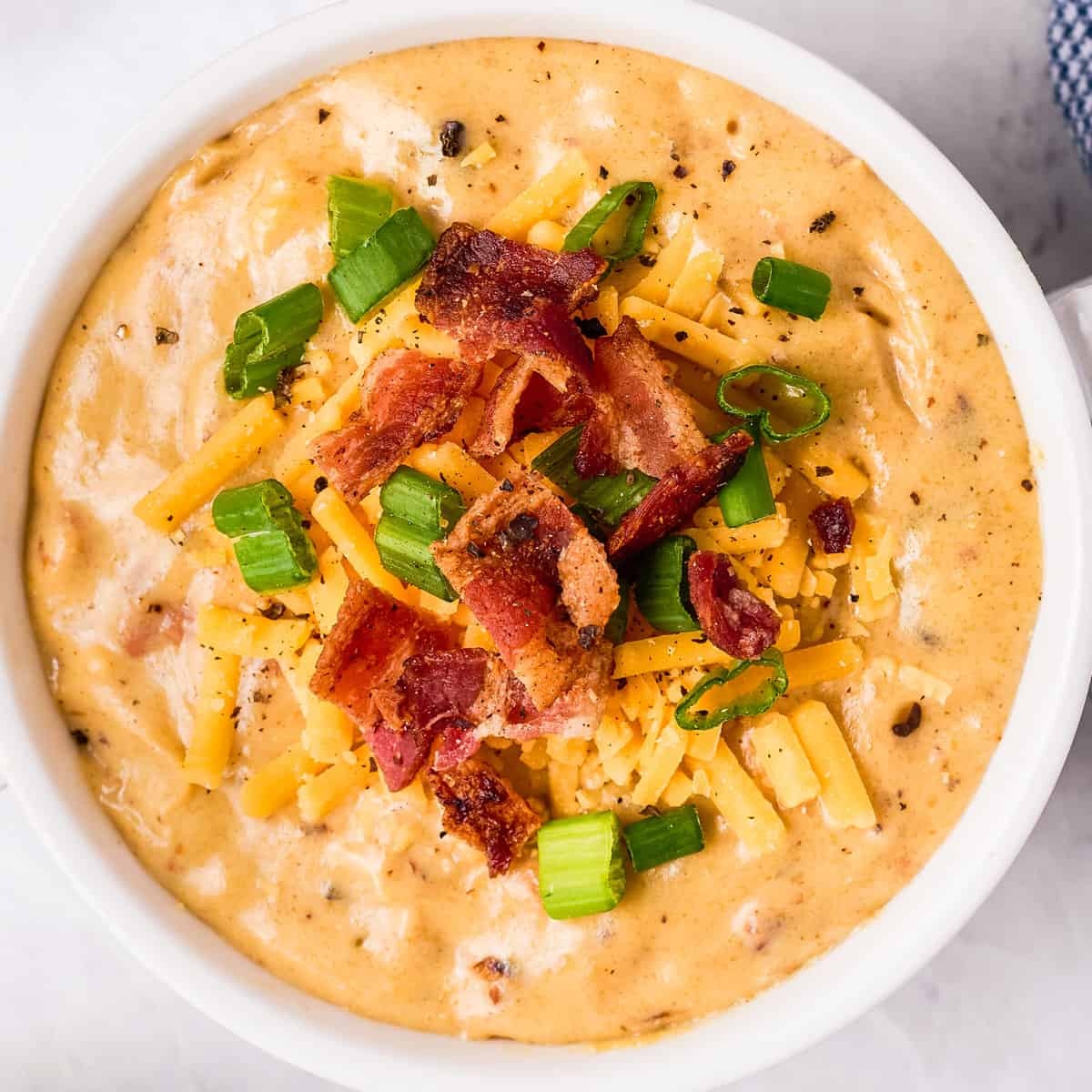How To Blend Soup: A Guide to Achieving a Smooth and Delicious Consistency
Blending soup is an art that can transform a simple mixture of ingredients into a delectable culinary masterpiece. Whether you prefer a creamy tomato bisque or a hearty vegetable soup, proper blending techniques can enhance the texture and flavor of your creation. In this guide, we will take you through the step-by-step process of achieving a smooth and delicious consistency when blending soup.
Choose the Right Blender
Before you begin the blending process, it’s important to have a reliable blender that can handle the job. Opt for a high-quality blender with enough power to puree the ingredients thoroughly. A blender with multiple speed settings and a pulse function can provide greater control over the blending process.
Let It Cool
Patience is key when blending soup. Allow the soup to cool for a bit before transferring it to the blender. Hot liquids can create pressure inside the blender, leading to messy and potentially dangerous situations. A slightly cooled soup will be easier to handle and blend without any mishaps.
Cut Ingredients into Smaller Pieces
Prior to blending, ensure that the ingredients are cut into smaller, manageable pieces. This will make the blending process smoother and prevent any chunks from getting stuck in the blender blades. It’s especially important to chop harder vegetables, such as carrots or potatoes, into smaller chunks for easier blending.
Start Slow and Gradually Increase Speed
When blending soup, it’s crucial to start at a low speed and gradually increase it. This allows the ingredients to break down slowly and ensures a smoother blending process. Avoid starting at a high speed right away, as it can lead to splattering or uneven blending.
Blend in Batches
If you’re making a large batch of soup, it’s best to blend it in smaller portions rather than trying to fit everything in one go. Overfilling the blender can lead to uneven blending and degrade the quality of the soup. Blend a portion of the soup at a time, pouring it into a separate container, and then repeat until all the soup is blended.
Use the Pulse Function for Control
The pulse function on your blender can be incredibly useful when blending soup. It allows you to have greater control over the consistency of the soup. Use short bursts by pulsing the blender button instead of continuous blending. This helps you achieve the desired texture and prevents over-blending.
Adjust Consistency and Seasonings
Once your soup is blended to the desired smoothness, taste and adjust the seasonings as necessary. If the soup is too thick, you can add a little bit of broth or water to thin it out. On the other hand, if the soup is too thin, you can simmer it on the stovetop to reduce and thicken it.
Blending soup is a skill that can elevate the taste and presentation of your homemade creations. By following these steps, you can achieve a silky, flavorful soup with ease. Experiment with different ingredients and seasonings to create customized blends that suit your palate. So, grab your blender and get ready to create soups that will impress your family and friends!
For those looking to master the art of blending soup, there are several recipes that offer a great starting point. The Creamy Tomato Bisque is a classic that showcases how the right blend can elevate simple ingredients into a rich, velvety dish. The Smooth Pumpkin Soup is another must-try, offering a perfect balance of sweetness and spice. For a comforting bowl that's both hearty and luxurious, the Velvety Potato Leek Soup is an excellent choice. If you prefer something with a bit of a kick, the Roasted Red Pepper Soup provides a smoky flavor that's hard to resist. Lastly, the Creamy Cauliflower Soup is a wonderful option for those looking to create a silky, smooth texture without the need for heavy cream. Each of these recipes demonstrates the transformative power of blending, making them perfect for anyone looking to hone their skills in the kitchen.
Was this page helpful?
Read Next: How To Defrost Soup From Freezer
